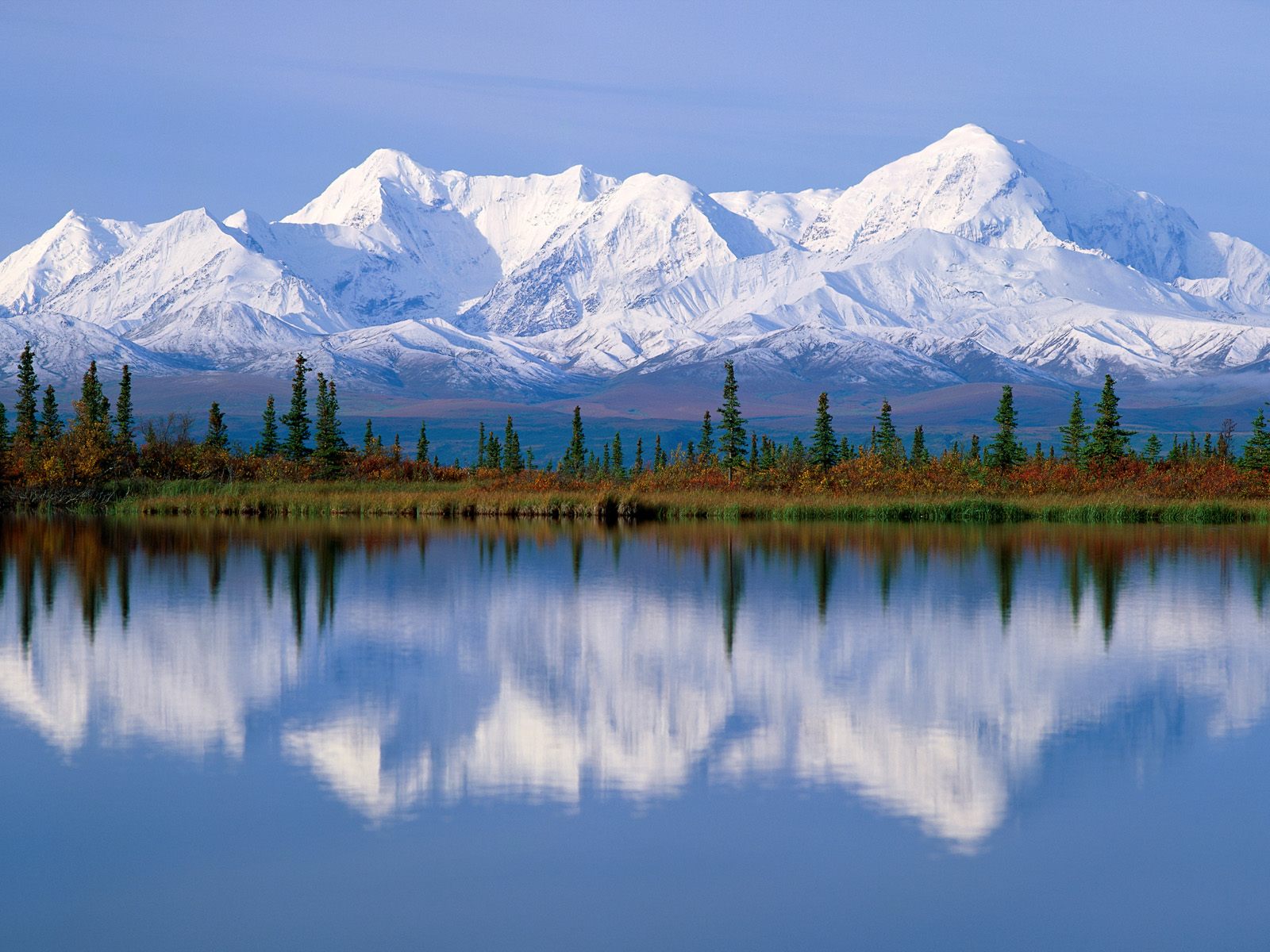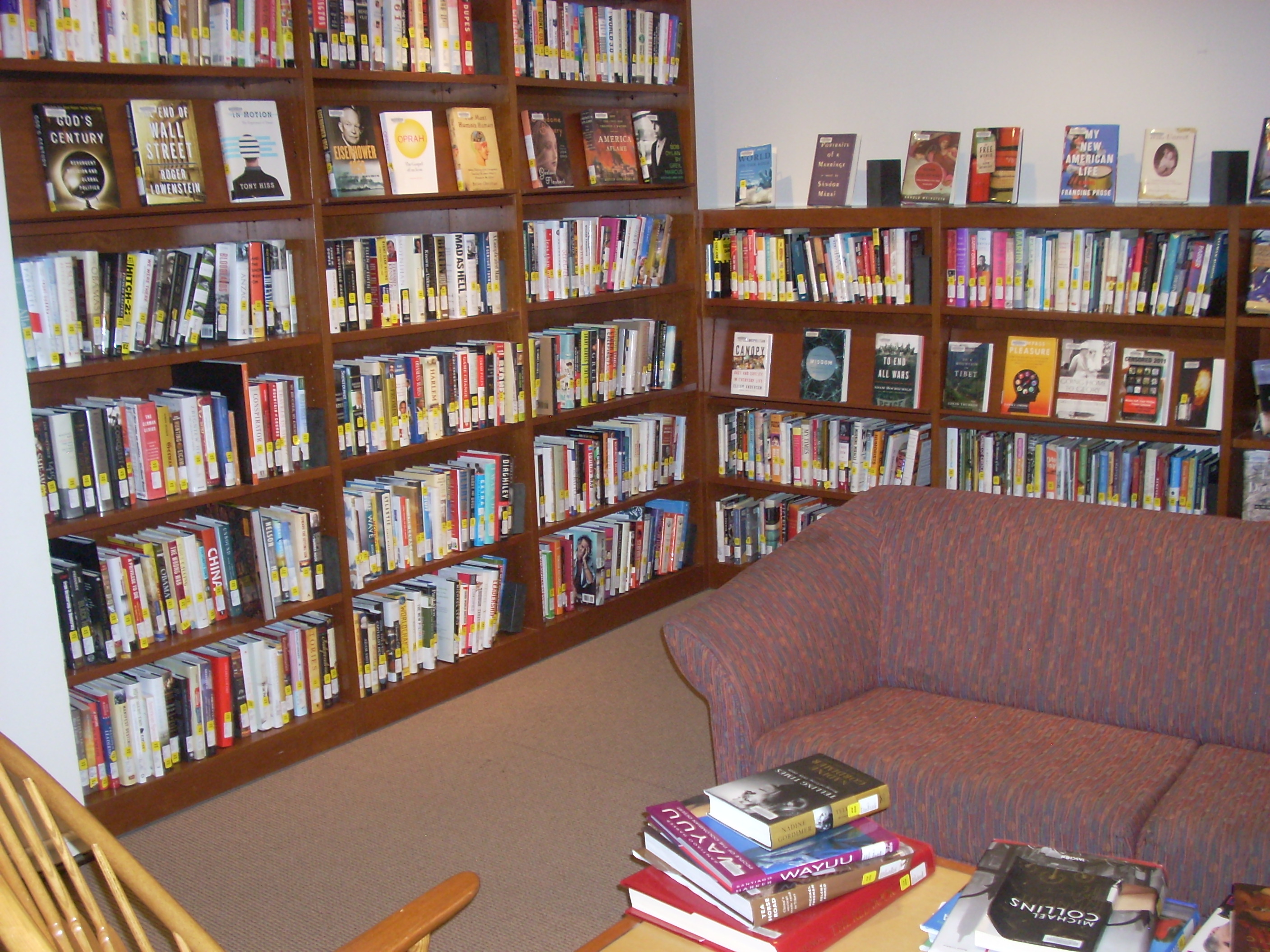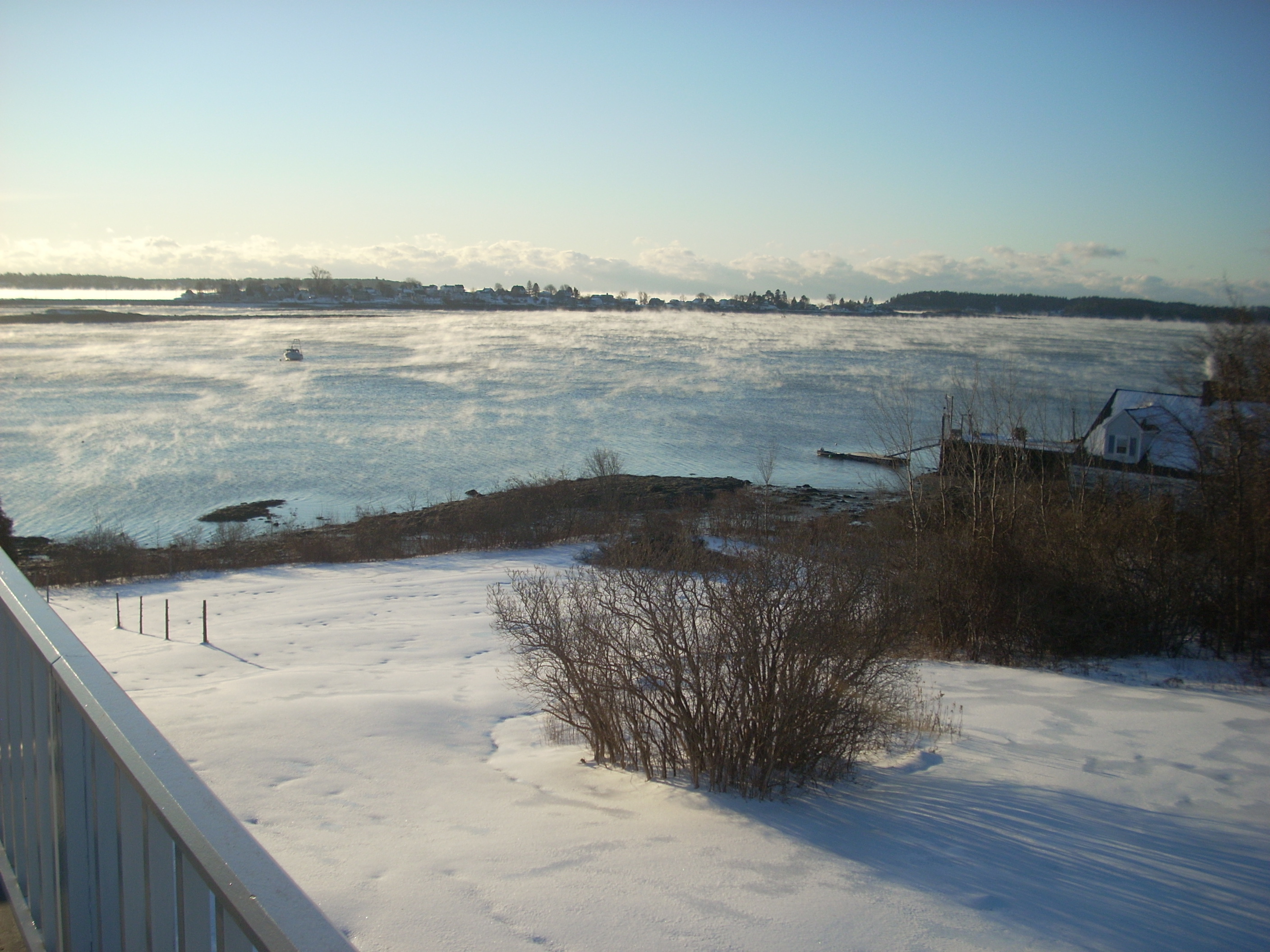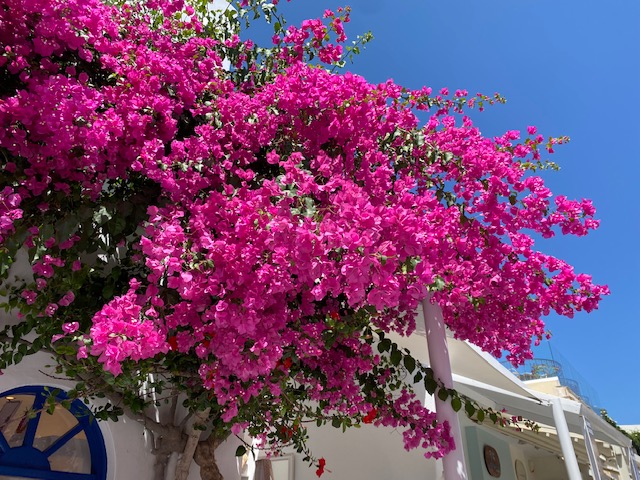
As many times as I’d seen them in films, I still wasn’t prepared for my first personal encounter with a walrus. It’s one thing to sit in a comfortable chair, drinking coffee or sucking down a beer, and watching movies of these strange creatures humping around on an ice floe, giving the approaching camera the big eye. It’s always beautiful weather, too… the blue sky filled with puffy white clouds, the waves sparkling in the sunlight, and the ice looking like sugar-covered crystal. A perfect National Geographic documentary. Somehow, though, it doesn’t qualify one for membership in the Explorer’s Club.
It’s quite another thing to hear their bellowing grunt, to smell their exhalation, to look straight into their weird, almost octopus-like, hour-glass shaped eyes, and know that one clumsy step in a wave-tossed boat or a careless slip on the ice can throw you into the water – their natural element.
My invitation to the walrus hunt came in early spring, the usual time for such activities in northern Alaska. The ice that had hugged both sides of the Bering Strait all winter was going rotten and relaxing its grip, and the center channel separating Siberia and Alaska widened daily. Through this dark current of water, filled with small ice brash and larger chunks of ice spinning southward, would soon come walrus – bunching, feeding, fighting, bellowing, and mating their way north toward the Arctic Ocean and beyond. For about three weeks their passage northward through the narrow strait, past Nome, past Sledge Island and Fairway Rock, past the Diomede Islands, and finally past Cape Prince of Wales to the wider Arctic Ocean, would offer the hunt to the Eskimo.
* * *
I was in my customary evening location – the Nome, Alaska home of my Eskimo girlfriend, Jeannie Mogg – when her father, Sam, spoke up from his chair at the kitchen table.
“You remember those walrus movies we showed?”
“Yep.”
“They were pretty good, huh?”
“Yep.”
Sam lapsed into a period of coffee-drinking silence, then: “Mary and me, we been thinking maybe we might go up and take some more movies. Paul Iyapana, he’s going up to Diomede and take a boat out for two, three days and maybe hunt some walrus. He ask Mary and me to come and take pictures.” (Mary was Jeannie’s mother.) Sam, an avid photographer, owned a number of cameras including a professional Bolex 16mm, and over the years had sold some of his work to travel magazines.
* * *
I was in my customary evening location – the Nome, Alaska home of my Eskimo girlfriend, Jeannie Mogg – when her father, Sam, spoke up from his chair at the kitchen table.
“You remember those walrus movies we showed?”
“Yep.”
“They were pretty good, huh?”
“Yep.”
Sam lapsed into a period of coffee-drinking silence, then: “Mary and me, we been thinking maybe we might go up and take some more movies. Paul Iyapana, he’s going up to Diomede and take a boat out for two, three days and maybe hunt some walrus. He ask Mary and me to come and take pictures.” (Mary was Jeannie’s mother.) Sam, an avid photographer, owned a number of cameras including a professional Bolex 16mm, and over the years had sold some of his work to travel magazines.





